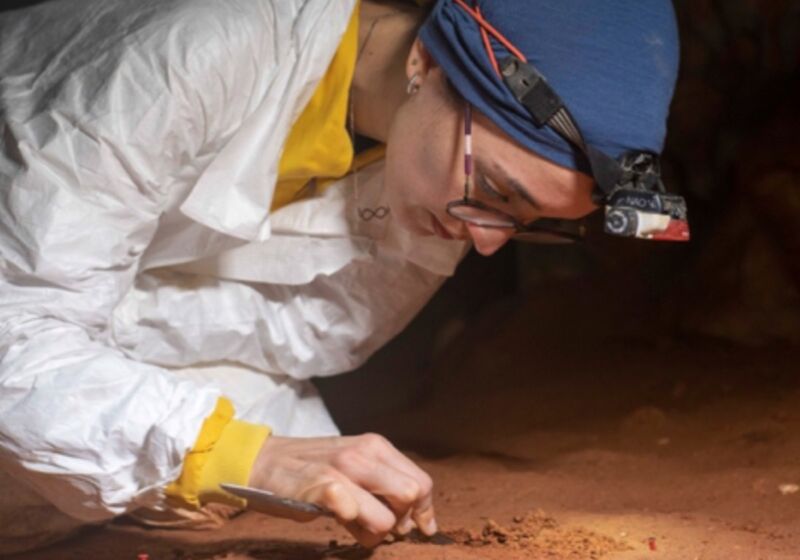-
 chevron_right
chevron_right
“Smoke archaeology” reveals early humans were visiting Nerja Caves 41,000 years ago
news.movim.eu / ArsTechnica · Wednesday, 10 May, 2023 - 16:41 · 1 minute

Enlarge / María Medina of the University of Cordoba working in the Navarro Cave, Malaga, Spain. (credit: University of Cordoba)
For over a decade, Maria Medina, an archaeologist affiliated with the University of Cordoba, has been conducting research on what she terms "smoke archaeology": trying to reconstruct Europe's prehistoric past by analyzing the remnants of torches, fire, and smoke in French and Spanish caves. Her latest discovery is that humans regularly visited the Caves of Nerja as far back as 41,000 years ago, a good 10,000 years earlier than previously believed, according to a recent paper published in the journal Scientific Reports.
As we've reported previously , there are nearly 350 prehistoric caves in France and Spain alone, and they include the oldest cave painting yet known: a red hand stencil in Maltravieso Cave in Caceres, Spain, likely drawn by a Neanderthal some 64,000 years ago. The Caves of Nerja are located in Malaga, Spain, and boast their own paintings believed to date back 42,000 years.
The caves were discovered in 1959 by a group of five friends who gained access via a narrow sinkhole dubbed "La Mina"—one of two natural entrances, with a third created the following year to enable better access for tourists.

